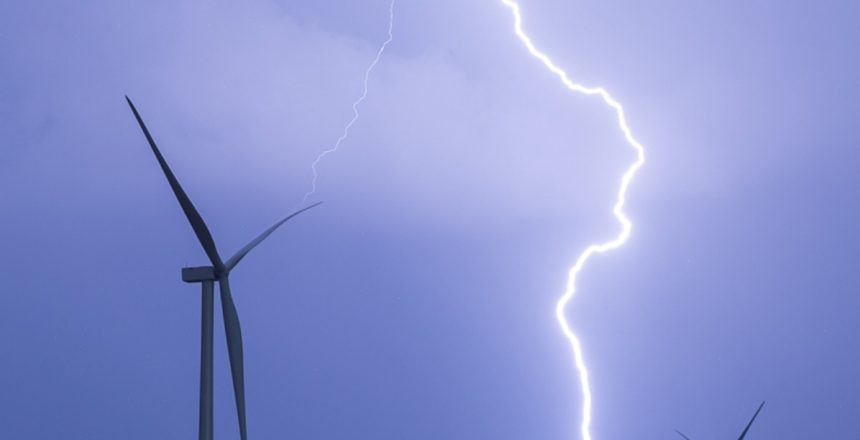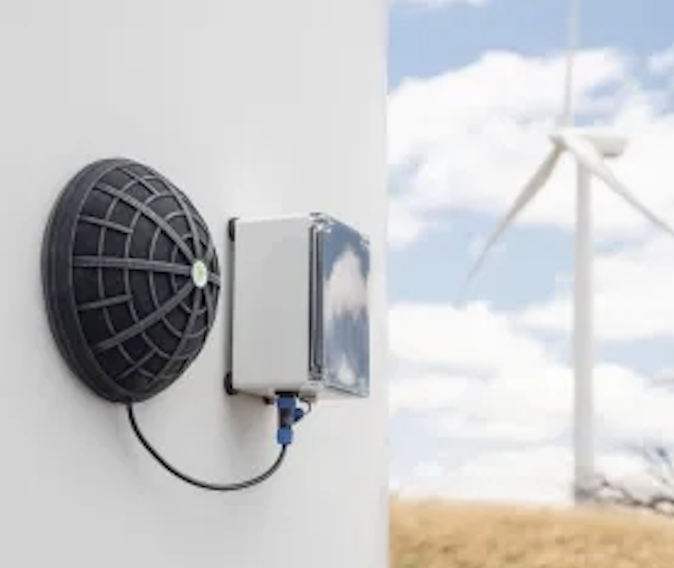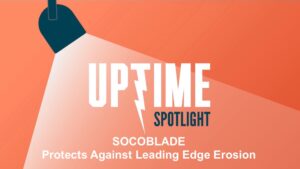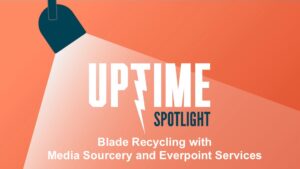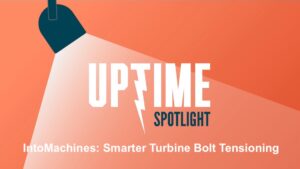Why are you hearing more about wind turbine blade lightning damage? Because blades are getting struck more often. All blades.
While we know this from research, we also heard it over and over this summer while touring wind farms in the Midwest US and in Canada. From talking with blade techs, owners, and operators, we can say without a doubt all blades are experiencing more lighting damage, regardless of make/model.
Because the equipment is bigger and harder to repair, and because strikes are both more intense and more frequent, wind turbine blade lightning damage is more expensive to repair than ever. What are you doing about it?
Why Wind Turbine Blade Lightning Damage Has Increased
The problem can be explained pretty easily – at least, in general terms.
- Most wind turbine designs are based on specifications that were developed 20-30 years ago (before we even understood upward lightning), and
- Today’s lightning protection systems are based on weather patterns that have long since changed.
Protection or Monitoring – which is better?
We’ve seen tremendous improvement in monitoring systems. But while lightning monitoring is good for researchers and developers, it doesn’t help operators prevent damage.
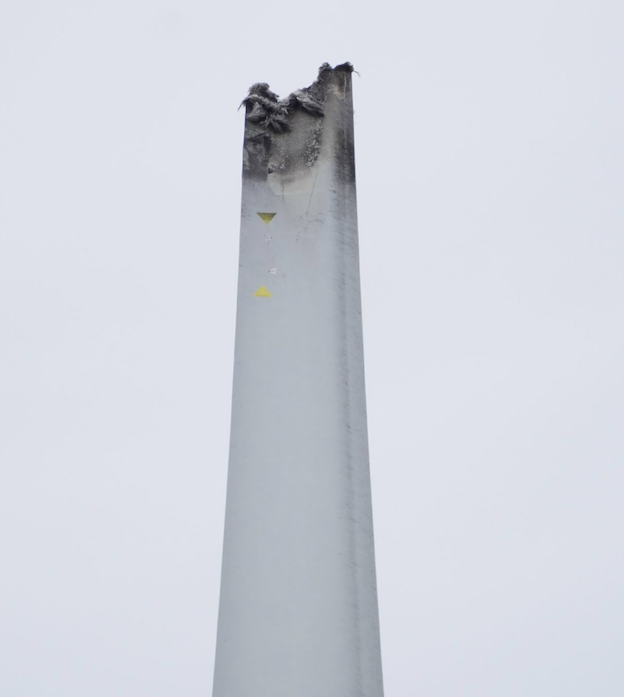
To be clear, monitoring does serve a purpose for operators. By understanding how storms roll through a wind farm, and by monitoring the intensity of nearby activity, operators can make better decisions regarding whether or when to turn off their turbines, how many to shut down, and when it’s safe to resume operations.
The data collected is also helpful when it’s time to file insurance claims. By showing insurers that they have carefully managed their equipment to reduce lightning damage, asset owners may be more likely to see reimbursement for damage that has occurred.
So while monitoring is good, isn’t it better to prevent damage in the first place? That’s a rhetorical question, of course.
Doing Both is Best
In an ideal world, every wind farm would have extensive monitoring systems and enough staff to address the data in real time.
But in reality, few wind farms have the staff they need to stay current on all the necessary repairs and basic maintenance. And as we heard from dozens of operators at Sandia Blades Workshop this fall, predictive maintenance is a great idea – but it doesn’t always get done, either.
Using technology to sort out the data (delivered by technology) is a smart move. What else can operators do?
We have a suggestion that doesn’t require adding to your staff. Request a quote now to find out how cost-effective it is to protect your blades with StrikeTape. And get the monitoring system, too.
Monitor Now Ships with StrikeTape
In a unique collaboration with EOLOGIC-Ping, we recently began shipping that company’s low-cost, no-maintenance acoustic sensor with StrikeTape orders. The results have been encouraging.
The monitor literally sticks onto the tower, so installation is quick and easy, and it can be completed at the same time that StrikeTape is applied. Attaching both during another procedure – either uptower or during a component swap – takes about 30 minutes per blade.
In our tests, it has been 100% effective.
Why Wait for Lightning to Strike?
We’ve tested StrikeTape, our segmented lightning diverter strips, all over the world. The data is conclusive: StrikeTape works.
With data collected from numerous countries, in both hemispheres, in all seasons, the technology provides proven protection. Download case studies
The relatively low-cost solution combined with its ease of application makes it the most cost-effective method for protecting blades, period.
Questions? Contact us now for more information or reach out to Joel to order today: Joel.saxum@wglightning.com
Vaisala’s April 2024 report details newly-understood risks of wind turbine lightning damage to operators in the continental US. In light of this data, and similar studies outside the US, it’s clear that operators need to bolster their protection, while not further burdening their staff.
Vaisala Xweather
The Future of lightning Protection: Can AI Make This Easier?
New sensors and inspection tools have improved dramatically in a very short time, and AI is accelerating those advances.
TOPseven’s contactless lighting protection systems are one example. The German company’s innovative tools inspect blades thoroughly, using AI to analyze the data before delivering it to (human) techs and operators to pinpoint problems and prioritize repairs. Those who have used the system say it helps them make better use of the data, specifically by identifying “invisible” damage before it reaches the failure threshold extends component life and reduces the risk of costly downtime.

